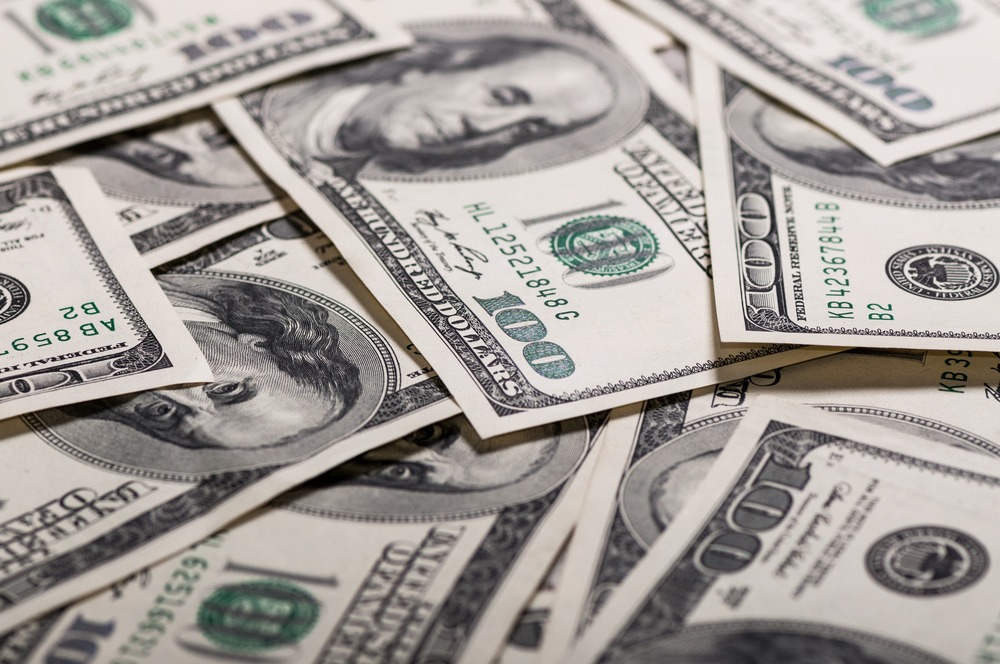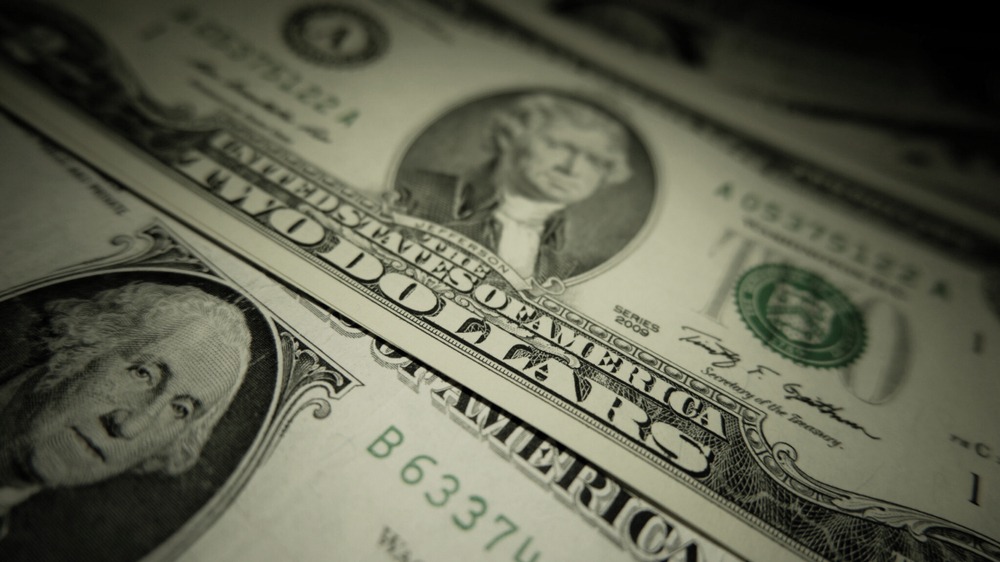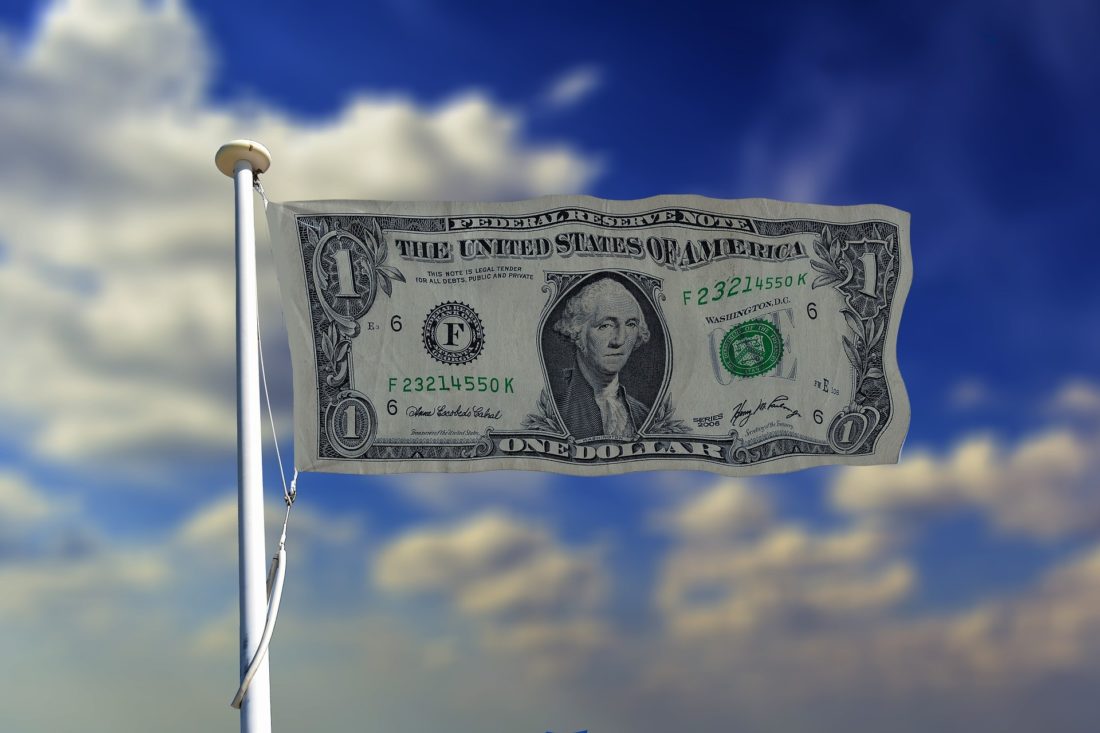U.S. dollar is trying to deal with challenges. Interestingly, traders embraced and then turned away from the greenback on Wednesday as initial enthusiasm for higher interest rates from the central bank turned into confidence to take more risk with other currencies.
On Wednesday, the central bank provided a number of indications that its ultra-easy policy is coming to an end. It decided to accelerate the reduction of its monthly bond purchases. The Federal Reserve made the decision to buy $60 billion of bonds each from next year.
The Federal Open Market Committee changed its inflation outlook for 2021. The committee increased its inflation outlook from 4.2% to 5.3% for all items. It also changed its forecast for economic growth this year. The committee expects GDP to increase by 5.5% in 2021 instead of 5.9%.
The dollar index gained 0.3% after the Federal Reserve issued a new statement on monetary policy. The central bank’s statement laid the foundation for three one-quarter-percentage-point interest rate increases next year.
Nonetheless, by the time Fed’s Chair Jerome Powell finished his press conference, stocks were climbing to near record levels. The dollar index dropped 0.2%.
Dollar and risk-sensitive currencies
Risk-sensitive currencies such as the dollars of Australia, Canada, and New Zealand rose against the U.S. dollar. The yen was not so lucky, as it fell against the U.S. currency.
The euro gained about 0.3% against the greenback. Another major currency the British pound also advanced about 0.3% against the dollar. The single currency traded at $1.1292 and the pound at $1.3262 at 4:29 p.m. EST.
The Australian dollar advanced 1% to $0.7171 and the New Zealand dollar rose 0.6% to $0.6782.
Against the Japanese yen, the U.S. currency was up 0.4% to 114.0200.
The world’s largest cryptocurrency, bitcoin added 2% to $49,225.















